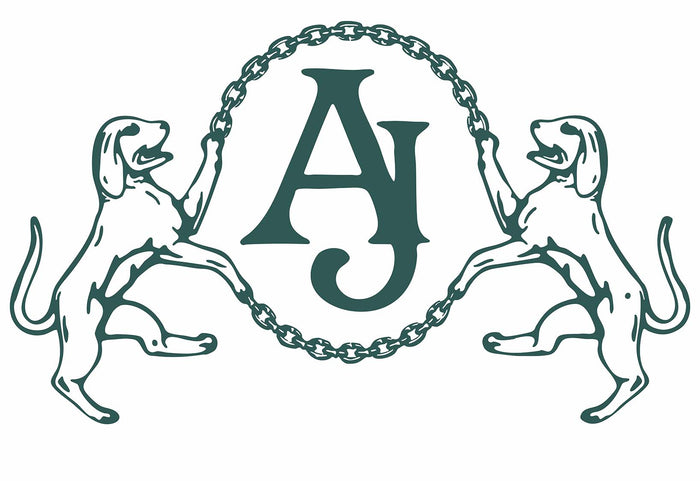Era Focus: The Unique Charm of Victorian Era Rings
The Victorian era (1837–1901), named after Queen Victoria of the United Kingdom, was a time of profound cultural, industrial, and artistic change. Jewellery from this era reflects a mix of romance, symbolism, and evolving craftsmanship. Victorian rings, in particular, stand out for their unique charm, intricate details, and meaningful designs. In this post, we’ll explore the defining characteristics of Victorian era rings, discuss their most popular gemstones and metals, delve into their symbolism, and provide tips for identifying genuine Victorian pieces.
1. Historical Context of the Victorian Era
The long reign of Queen Victoria influenced multiple phases within the Victorian era, each with its own distinct jewellery trends:
1.1 Early Victorian (Romantic) Period (1837–1860)
- Inspiration: Nature, love, and sentimentality
- Common Motifs: Hearts, flowers, serpents, and bows
1.2 Mid-Victorian (Grand) Period (1860–1885)
- Inspiration: Mourning, historical revivals, and intricate metalwork
- Common Motifs: Cameos, black enamel, and dark gemstones like onyx
1.3 Late Victorian (Aesthetic) Period (1885–1901)
- Inspiration: Eclectic influences, more vibrant color palettes, and lighter motifs
- Common Motifs: Stars, crescents, and whimsical designs
2. Design Characteristics of Victorian Rings
Victorian era rings are renowned for their attention to detail, symbolism, and variety of design elements.
2.1 Metals
- Gold: Yellow and rose gold were dominant, with higher carat gold often used in early pieces.
- Silver and Platinum: Less common in early Victorian jewellery, but platinum gained popularity towards the end of the era.
2.2 Gemstones
- Diamonds: Often rose-cut or old mine-cut diamonds were set to reflect candlelight.
- Colored Stones: Rubies, emeralds, sapphires, garnets, and turquoise added vibrancy and meaning.
- Pearls: Highly fashionable, representing purity and elegance.
- Mourning Stones: Dark gems like onyx and jet featured prominently during periods of mourning. Shop our mourning ring collection here.
2.3 Symbolism
- Love and Devotion: Hearts, entwined serpents (symbolizing eternity), and lover’s knots represented deep affection.
- Nature Themes: Floral and leaf motifs reflected the Victorian love of the natural world.
- Mourning and Sentiment: Rings commemorating lost loved ones often included hair or inscriptions.
3. Identifying Genuine Victorian Era Rings
With reproductions and antique-inspired designs available today, it’s important to know how to authenticate a genuine Victorian ring.
3.1 Hallmarks and Maker’s Marks
- British Hallmarks: Look for marks indicating purity and the assay office that tested the metal.
-
Maker’s Marks: Initials or symbols of renowned jewellers can confirm authenticity and origin.
Want to learn more about Hallmarks and Maker's Marks? Read our guide here.
3.2 Style and Craftsmanship
- Handcrafted Details: Genuine Victorian rings were hand-fabricated, often with intricate metalwork and less precise symmetry than modern machine-made pieces.
- Gemstone Cuts: Early diamond cuts (e.g., old mine-cut) and rose-cut stones are strong indicators of authenticity.
3.3 Signs of Wear and Patina
- Natural Aging: Genuine Victorian rings show signs of age, like slight metal wear, patina, or old repairs.
- Original Components: Rings retaining original stones and settings are more likely to be authentic.
4. Notable Examples of Victorian Rings
Some types of Victorian rings have become iconic for collectors and enthusiasts:
4.1 Serpent Rings
- Symbolism: Eternity, wisdom, and everlasting love.
- Famous Example: Queen Victoria’s own engagement ring from Prince Albert featured a serpent design with an emerald head.
4.2 Mourning Rings
- Purpose: Commemorating a loved one’s passing.
- Features: Black enamel, hairwork, and inscriptions noting dates or initials of the deceased.
4.3 Colored Gemstone Clusters
- Design: Multiple gemstones arranged in symmetrical clusters.
- Appeal: Offered vibrant color and eye-catching sparkle reflective of the era’s aesthetic diversity.
5. Tips for Collectors and Buyers
If you’re interested in acquiring a Victorian era ring, keep these tips in mind:
5.1 Do Your Research
- Learn About Eras: Understanding the differences between early, mid, and late Victorian styles helps you identify authenticity.
- Stay Informed: Follow industry news and consult reputable reference books or online resources.
5.2 Buy from Trusted Sources
- Established Dealers: Choose jewellers specializing in antique and vintage rings who offer authenticity guarantees.
- Auctions and Appraisals: Consider auction houses and professional appraisals for additional assurance.
5.3 Consider Condition and Provenance
- Originality: Rings with original stones and minimal alterations retain higher value.
- Documentation: Provenance papers or previous sales records can boost confidence in a piece’s authenticity and worth.
Conclusion
Victorian era rings represent a captivating blend of history, romance, and artistry. From symbolic motifs to distinctive gemstones and craftsmanship, these rings capture the essence of a transformative period in history. By understanding their defining characteristics, learning to identify genuine pieces, and purchasing from reputable sources, you can confidently add a piece of Victorian elegance to your jewellery collection.


